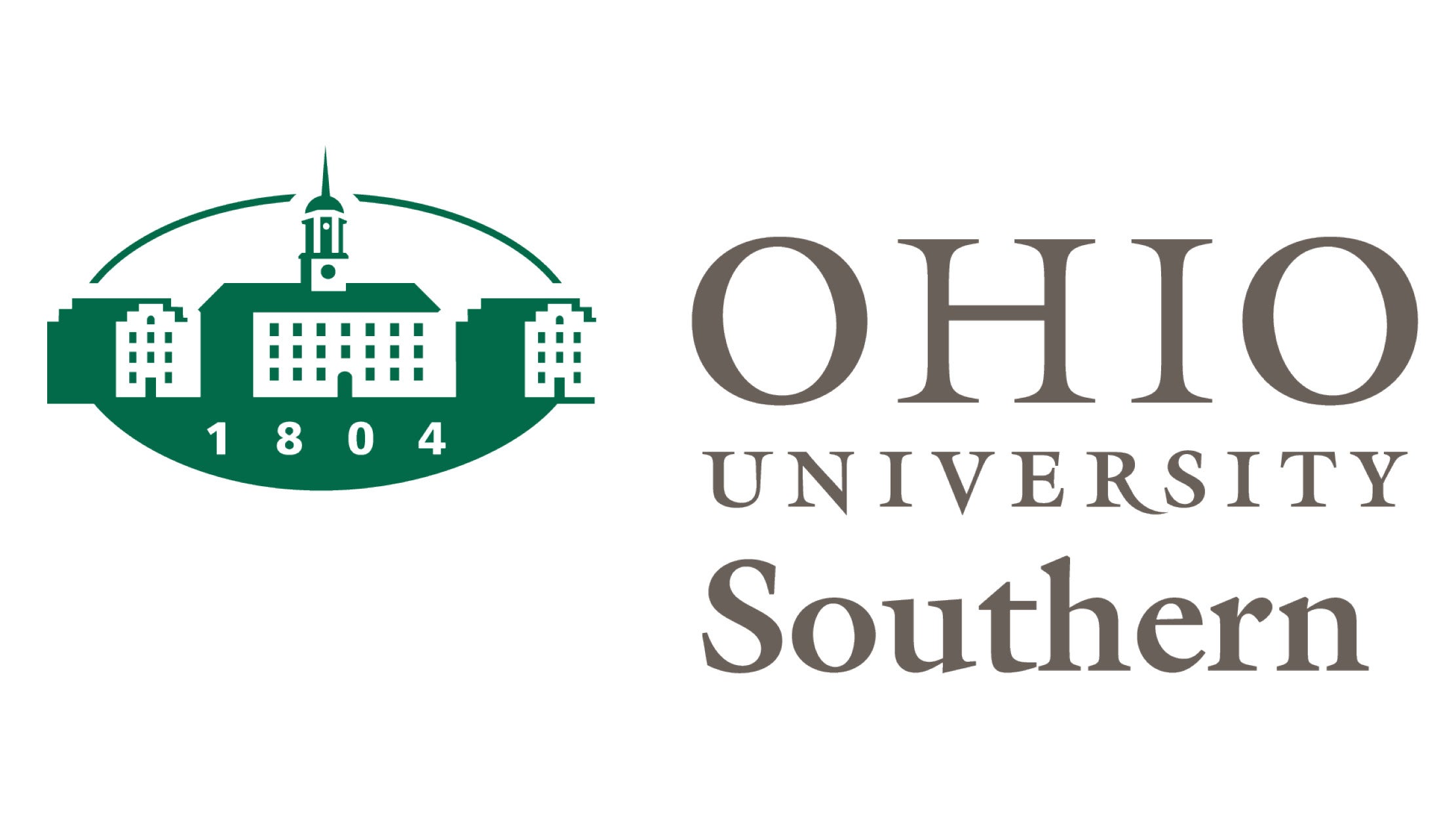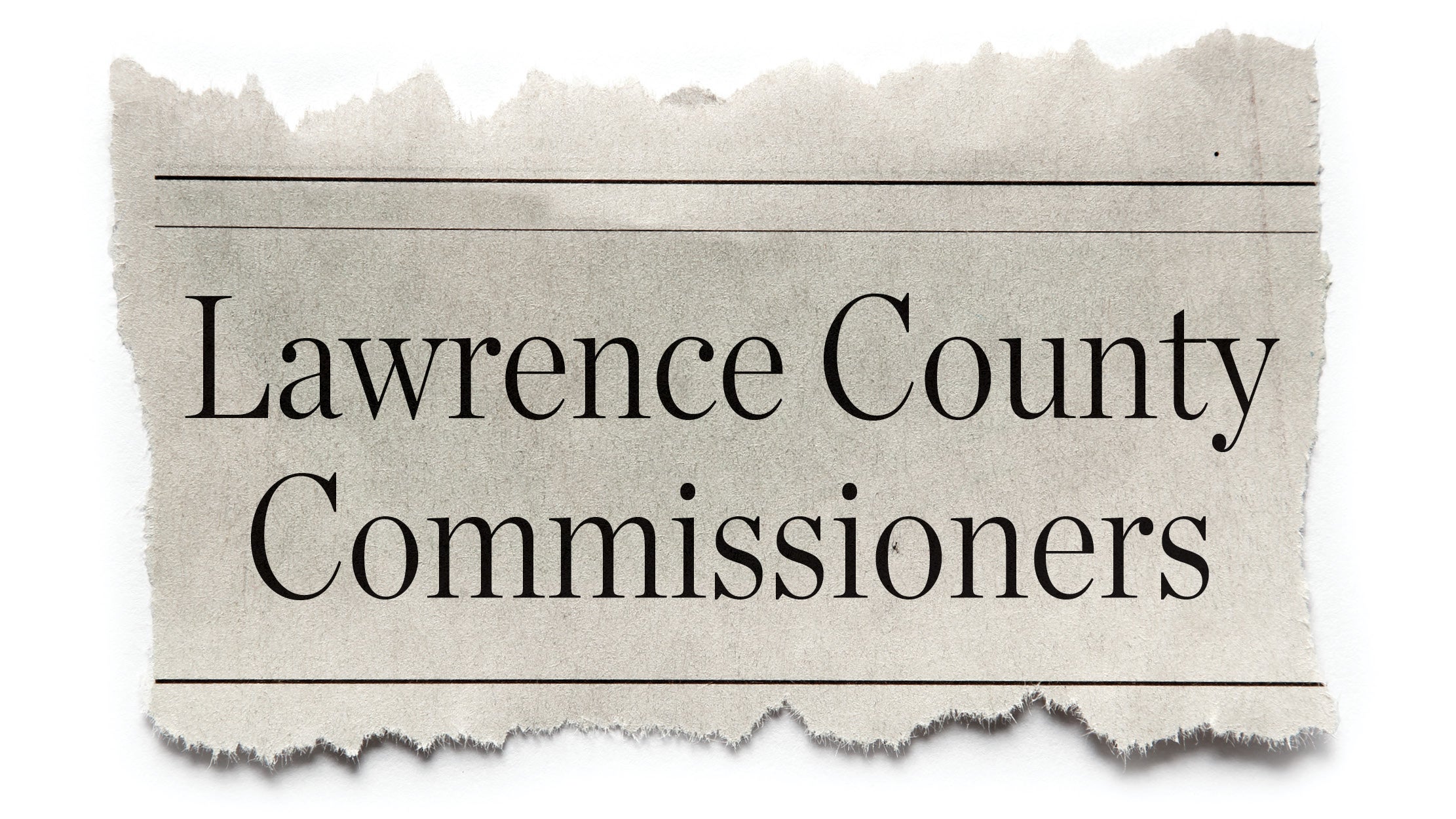Interest keeps adding onto price of airpark
Published 1:45 pm Sunday, August 3, 2014
So far the county owes $490,000 for land it got in a recent eminent domain lawsuit. Now add on to that another $9,011.10 in interest from a penalty levied by the courts in June and you have the actual price tag for less than five acres at the Lawrence County Airpark in Chesapeake. That is as of July 28.
Since the money has yet to be paid, that 8 percent per year penalty keeps making the cost for the land more and more as it is accrued daily. In fact, the interest would be slightly higher because this amortization is based on a payment being made on the principal each month, which is not happening.
The penalty was placed because the county had yet to pay the judgment. The owners of the land wanted their money now and went to the courts asking for 10 percent in interest penalty. The courts made it 8 percent, retroactive to April 28, when the judgment went into effect.
The county had sought the acreage to cut down trees at either end of the runway to satisfy the Federal Aviation Administration, filing an eminent domain lawsuit against Richard Wilson and his family who owned the property.
This fall lawyers negotiated the nearly half-million dollars price, of which the county anticipates money from the FAA to cover 90 percent of it.
Each year the FAA offers the county $150,000 in grant money to be used for improvements at the airpark. To get that money, the county must come up with a 10 percent match. That means to pay the Wilsons the county will have to pay at least $49,000 on its own.
This week the county commissioners approved the proposal by the county’s airport advisory board for the local pilots association to assess each individual leasing a hangar at the airpark $25 per month.
According to Bill Nenni of the board, that should bring in approximately $19,000 a year.
“The assessment is necessary to keep us afloat,” Nenni told the commission. “The pilots association and the advisory board both signed off on it. We need this money to keep from running into cash flow problems.”
In a July interview, Nenni said the assessment could go toward the airpark paying the 10 percent match.
“We hope to be able to do it on our own,” he said. “I think we will be able to do it on our own.”
The assessment could also go toward the cost of clearing the trees at the runway and a lighting project at the airport.
However at Thursday’s commissioners’ meeting commissioner Bill Pratt questioned if the assessment were high enough.
“That might not be enough if it only generates $19,000,” Pratt said. “We have a $40,000 match and they will feel it is all they have to give.”
Nenni countered that reimbursements from the FAA for attorney fees for the lawsuit and design work would go toward the match.
Last week Nenni met with officials from the Detroit office of the FAA who came to look at the condition of the airpark, saying the runways needed to be repaved. They could not tell Nenni when the FAA would provide their share of cost of the acreage.
“They don’t know,” Nenni said. “The grant application has passed them. They are finished with it. They sent it on to Washington. They seem to think Sept. 30 will be the drop dead date to have to be done with it. Maybe something will come together mid September. It could be tomorrow. The Detroit office doesn’t know what the timeframe is.”
Until that money comes in, the interest continues to accrue. If it would take until Sept. 30, interest then would be $13,691.94. The question is, who is going to pay that?
“In the end the pilots association will be responsible for that,” Pratt said. “We have an agreement they will be self-sufficient. The county won’t absorb any cost of the airport.”
Also before the county can get an FAA grant, it first has to come up with the 10 percent match.
A possible way to stop the interest adding up would be for the county to borrow the $490,000, then pay off the loan when the FAA funds become available. Through the county treasurer’s Neighborhood Investment Program, a bond could be issued with a range of interest rates from 3/4 of a percent to 2 1/2 percent.
But that is a scenario Pratt rejects.
“I would never do that, borrow on the word and a handshake from the FAA,” he said. “I don’t have enough confidence in the FAA that they will make good on their commitment to pay that money out. If the FAA doesn’t come across, we would be out $500,000. We made that agreement in court.”





